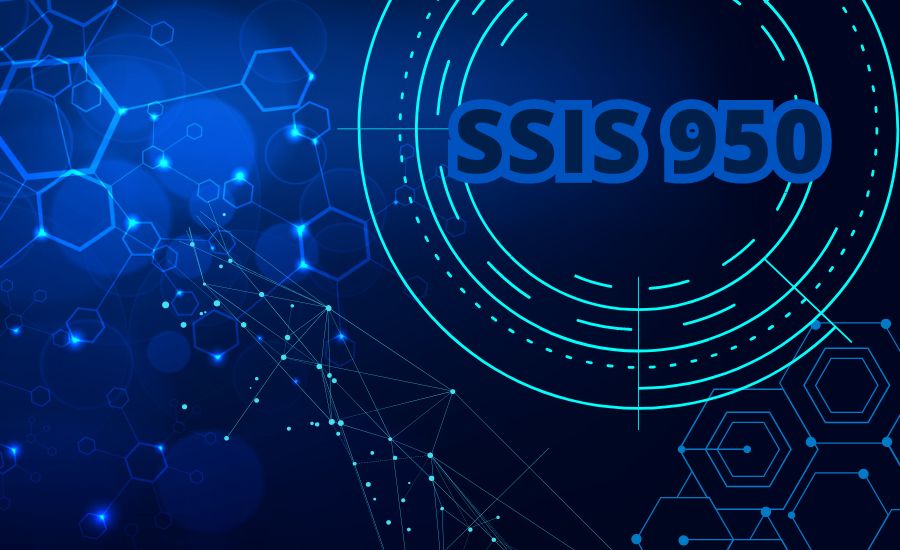Introduction
SQL Server Integration Services (SSIS) has been a cornerstone of data integration and ETL (Extract, Transform, Load) processes for many years. SSIS 950, a specific version of SSIS, offers a robust set of features to streamline data movement and manipulation. This article will delve into the key components, functionalities, and benefits of SSIS 950, providing a comprehensive overview for both beginners and experienced users & good to read .
Understanding SSIS 950
SSIS 950 is a data integration tool that simplifies the complex task of moving data between various sources and destinations. It provides a visual interface for creating, executing, and maintaining data integration packages. These packages are composed of control flow tasks, data flow tasks, and event handlers, allowing for flexible and customizable data pipelines.
Key Components of SSIS 950
- Control Flow: This component defines the sequence and execution order of tasks within a package. It includes constructs like sequences, loops, and decision points to control the flow of data processing.
- Data Flow: The data flow component handles the actual movement and transformation of data. It consists of sources, transformations, and destinations. Sources extract data from various sources like databases, files, and web services, while destinations load the transformed data into target systems. Transformations are used to manipulate and clean the data before loading.
- Event Handlers: Event handlers allow for custom actions to be triggered based on specific events, such as package start, success, or failure. This provides flexibility in managing error handling and notifications.
Benefits of SSIS 950
- Enhanced Productivity: SSIS 950’s visual interface and drag-and-drop functionality significantly improve development productivity. Developers can quickly create and modify packages without writing extensive code.
- Scalability: SSIS packages can be executed on a variety of platforms, including SQL Server Integration Services Service (SSIS Service), SQL Server Agent, and Windows services. This enables scaling data integration processes to handle large volumes of data.
- Reusability: SSIS packages can be reused and modified for different integration scenarios. This promotes code reuse and reduces development time.
- Integration with SQL Server: SSIS is tightly integrated with SQL Server, providing seamless access to database objects and data. This simplifies data integration tasks and enhances performance.
- Error Handling and Logging: SSIS 950 offers robust error handling mechanisms, including logging and notifications. This helps in identifying and resolving issues promptly.
Common Use Cases for SSIS 950
- Data Warehousing: SSIS is widely used for building and maintaining data warehouses by extracting data from various sources, transforming it, and loading it into a centralized data warehouse.
- ETL Processes: SSIS is ideal for automating ETL tasks, including data extraction, cleaning, transformation, and loading into target systems.
- Data Migration: SSIS can be used to migrate data between different systems or databases, ensuring data accuracy and consistency.
- Data Synchronization: SSIS can synchronize data between multiple systems, keeping them in sync and preventing data inconsistencies.
- Reporting and Analytics: SSIS can prepare data for reporting and analytics applications by extracting and transforming data into a suitable format.
Conclusion: SSIS 950: A Powerful Tool for Data Integration
In conclusion, SSIS 950 continues to be a valuable asset for organizations seeking efficient and reliable data integration solutions. Its robust features, scalability, and integration with SQL Server make it a preferred choice for a wide range of data-driven tasks. By understanding the key components, benefits, and common use cases, you can effectively leverage SSIS 950 to streamline your data workflows, improve data quality, and drive better decision-making.
As technology evolves, SSIS is likely to evolve as well. It will be interesting to see how future versions of SSIS incorporate advancements in data integration, cloud computing, and artificial intelligence to further enhance its capabilities and address the evolving needs of modern data management.

